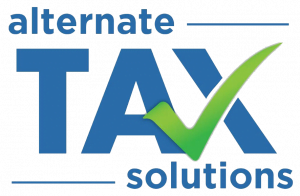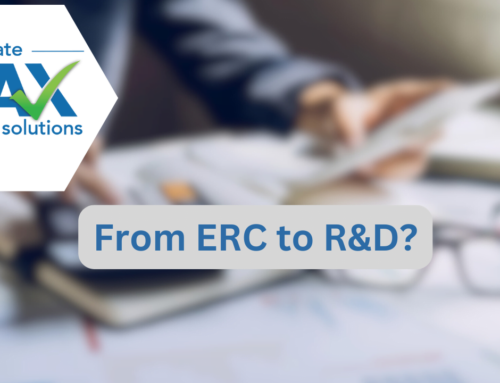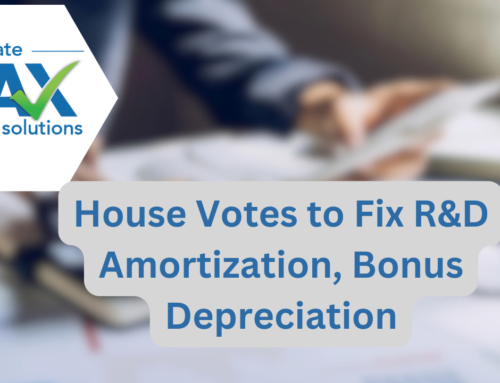Tax Court Rules in Favor of Taxpayer & overturns key IRS argument
In recent years it became apparent that IRS had made a unilateral decision that architects, engineers, and other paid technical consultants could not claim the R&D tax credit. This position, which was contained mainly within the SB/SE division, stemmed from a number of capricious arguments that agents had begun using. These arguments claimed that, while architects and engineers may engage in experimental activities to eliminate uncertainty, this work is not eligible for R&D Tax Credits since there is no qualified business component.
The IRS reasoned that the designs, blueprints, and models that architects and other technical consultants work to produce under contract are not eligible business components, mainly because section 41 of the tax code does not specifically list designs in the definition of a business component. Despite a long history of these types of companies claiming the R&D Tax Credit, and that judge’s had often upheld these types of claims (see Populous Holdings v Commissioner) the IRS persisted in its position.
Arguments that the IRS would make against designs as a business component gave the appearance of grasping at straws. They included:
- The buildings designed or constructed by the taxpayer did not belong to the taxpayer (i.e. an architect) and therefore are not an eligible business component
- Designs are not “products” as the word is typically understood
- The designs or the facilities constructed are not “held for sale” by the architect or engineer
- Developing designs is a “day-to-day” activity of the taxpayer and therefore are not eligible for the R&D credit since they to not meet the congressional intent of the R&D Tax Credit
ATS has always believed that these arguments were merely an example of runaway bureaucracy imposing unilateral and unmerited restrictions on taxpayers. Since the IRS began using this position, the industry has longed for clarity on the issue. Fortunately, in May of 2023, the U.S Tax Court sided with the taxpayers!
In Harper v Commissioner (T.C Memo 2023-57) the Judge summarily overturned all of these arguments, and with good reason.
- As the judge notes, nothing in the R&D statute indicates that Congress requires performance of research above and beyond the “day to day” activities of a taxpayer in a manner that the IRS is claiming
- There had been long standing precedent from UCC v Commissioner (TC Memo 2009-50) that R&D can take place from project to project as long as a taxpayer is “uncertain of the appropriate design at the start of the project.”
The Harper decision clears a path for Architects, Engineers, and any other technical consultants working to develop designs under contract with a customer to claim the R&D tax credit. However, all taxpayers still need to make sure that their activities pass the remaining three parts of the R&D Credit test
- Must prove that uncertainty in appropriate design, formula or technique existed
- Must show that experimental activities were used (alternative designs or techniques were evaluated using modeling, simulation, or systematic trial and error)
- Work must be technical in nature
The IRS has a tendency to copy-paste arguments from case to case. ATS has worked audits with the literal exact wording and arguments that were put forth by the IRS in the Harper case. If you encounter any of these arguments in an audit, know that precedent is on the taxpayer’s side.
The R&D Credit is one of the most nuanced parts of the tax code. This court case is one of many that must be brought to bear in defending an R&D claim. ATS’s team of R&D Tax Credit experts has been claiming and defending R&D Credits for over 15 years.
If you would like a consultation on how to claim or defend and R&D Credit, please contact ATS today.




